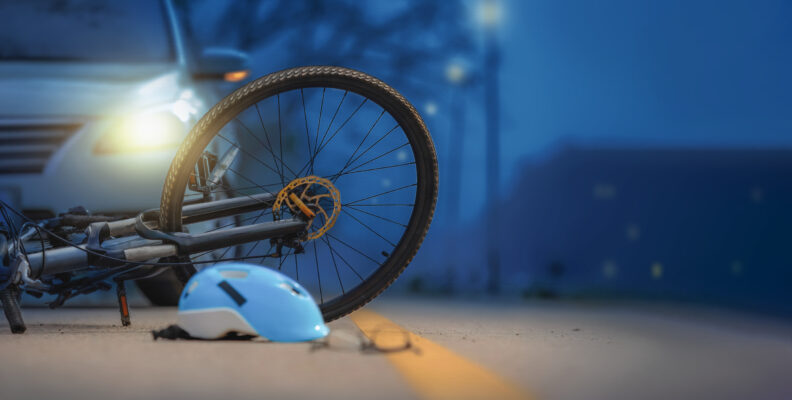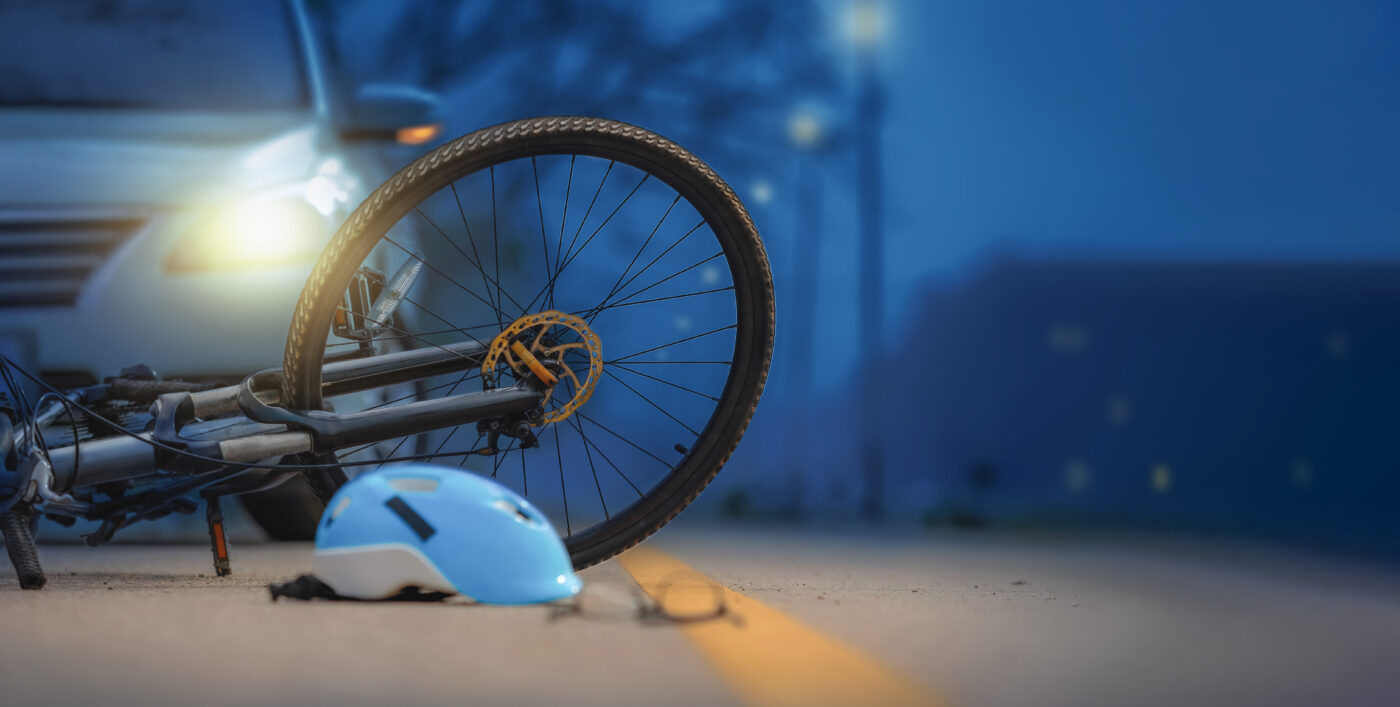Bicycling is an increasingly popular mode of transportation and recreation in urban areas across Georgia. With its many benefits, including reduced traffic congestion and improved physical fitness, more people are opting to ride bicycles. However, the rise in bicycle usage also brings about a higher risk of accidents and injuries. To ensure the safety of cyclists, it is crucial to understand the requirements and take appropriate precautions while cycling in Georgia’s urban areas. In this article, we will explore some essential safety measures and legal requirements to help cyclists stay safe on the roads.
Know and Follow Traffic Laws
Cyclists are required to obey the same traffic laws as motorists in Georgia. This means stopping at red lights, yielding to pedestrians, using hand signals for turns, and obeying speed limits. It is vital to understand and respect traffic rules to maintain order and protect both yourself and others on the road.
Wear Protective Gear
Properly fitting and certified safety gear is essential for any cyclist. Wearing a helmet can significantly reduce the risk of head injuries in the event of an accident. Additionally, reflective clothing and lights on your bike can enhance your visibility to motorists, especially during low-light conditions.
Stay Visible and Predictable
Make sure you are visible to other road users at all times. Wear brightly colored clothing during the day and use reflective gear at night. Always use hand signals to indicate your intentions to turn or change lanes. Maintaining a predictable path of travel helps motorists anticipate your movements and reduces the chance of collisions.
Be Aware of Your Surroundings
Constantly scan the road ahead and be aware of your surroundings. Look out for parked cars, opening doors, pedestrians, and other potential hazards. Stay focused and avoid distractions such as headphones or mobile devices while riding.
Use Bike Lanes and Shared Paths
Whenever possible, utilize designated bike lanes and shared paths. These facilities provide a safer environment for cyclists, separating them from motor vehicle traffic. Familiarize yourself with the bike infrastructure in your area and plan your routes accordingly.
Avoid Riding in Blind Spots
When sharing the road with motor vehicles, avoid riding in their blind spots, especially large trucks or buses. Position yourself where drivers can easily see you, either slightly behind or ahead of them. Maintaining a safe distance from parked cars also reduces the risk of collisions when doors suddenly open.
Take Extra Caution at Intersections
Intersections are particularly dangerous for cyclists. Always approach intersections with caution, slow down, and make sure you are visible to drivers. Yield the right-of-way when necessary and make eye contact with drivers to ensure they have acknowledged your presence before proceeding.
Maintain Your Bike
Regular maintenance of your bicycle is crucial for safe riding. Ensure that your brakes, gears, tires, and lights are all in good working condition. Regularly inspect your bike for any signs of wear or damage that may compromise its performance.
Be Mindful of Road Conditions
Pay attention to the road conditions as you ride. Look out for potholes, debris, or uneven surfaces that could cause you to lose control of your bike. It’s also important to be cautious during inclement weather, as wet roads can be slippery, affecting your braking distance and maneuverability.
Be Respectful to Pedestrians
Remember that pedestrians have the right of way on sidewalks and crosswalks. When sharing a sidewalk with pedestrians, slow down, give them plenty of space, and always yield to them. When crossing a crosswalk, dismount and walk your bike to ensure the safety of both pedestrians and yourself.
Avoid Distractions
Just like motorists, distractions can impair your ability to ride safely. Avoid using your phone, listening to loud music, or engaging in any activity that diverts your attention from the road. Stay focused and alert to potential hazards and changes in traffic patterns.
Educate Yourself on Defensive Cycling Techniques
Defensive cycling involves anticipating and proactively responding to potential hazards. Take the time to educate yourself on defensive cycling techniques, such as maintaining a buffer zone around your bike, making eye contact with drivers, and anticipating potential conflicts. The more aware and prepared you are, the better equipped you’ll be to handle unexpected situations on the road.
Legal Requirements in Georgia
Apart from following general safety guidelines, it is important to be aware of the specific legal requirements for cyclists in Georgia. The key legal obligations include:
- Minimum Age: In Georgia, children under the age of 16 are required by law to wear helmets while cycling.
- Riding Position: Cyclists must ride as close to the right side of the road as practicable, except when preparing for a left turn, overtaking a slower vehicle, or avoiding hazards.
- Lighting: When cycling at night, Georgia law requires bicycles to be equipped with a white front light visible from at least 300 feet and a rear red reflector visible from at least 300 feet.
- DUI Laws: It is illegal to operate a bicycle under the influence of alcohol or drugs in Georgia. Cyclists are subject to the same penalties as motorists if caught riding impaired.
Cycling in urban areas can be an enjoyable and eco-friendly way to get around, but it is crucial to prioritize safety. By following traffic laws, wearing proper protective gear, and being aware of your surroundings, you can significantly reduce the risk of accidents. Additionally, understanding and complying with Georgia’s legal requirements for cyclists is essential to avoid any legal issues. Remember, safety should always be the top priority when cycling in urban areas.
At Princenthal, May & Wilson, LLC, we understand the importance of safety and protecting the rights of cyclists. If you or a loved one has been involved in a bicycle accident and needs legal assistance, our experienced team is here to help. Contact us today for a free consultation to discuss your case and explore your options. Your safety matters to us, and we are committed to fighting for your rights.

